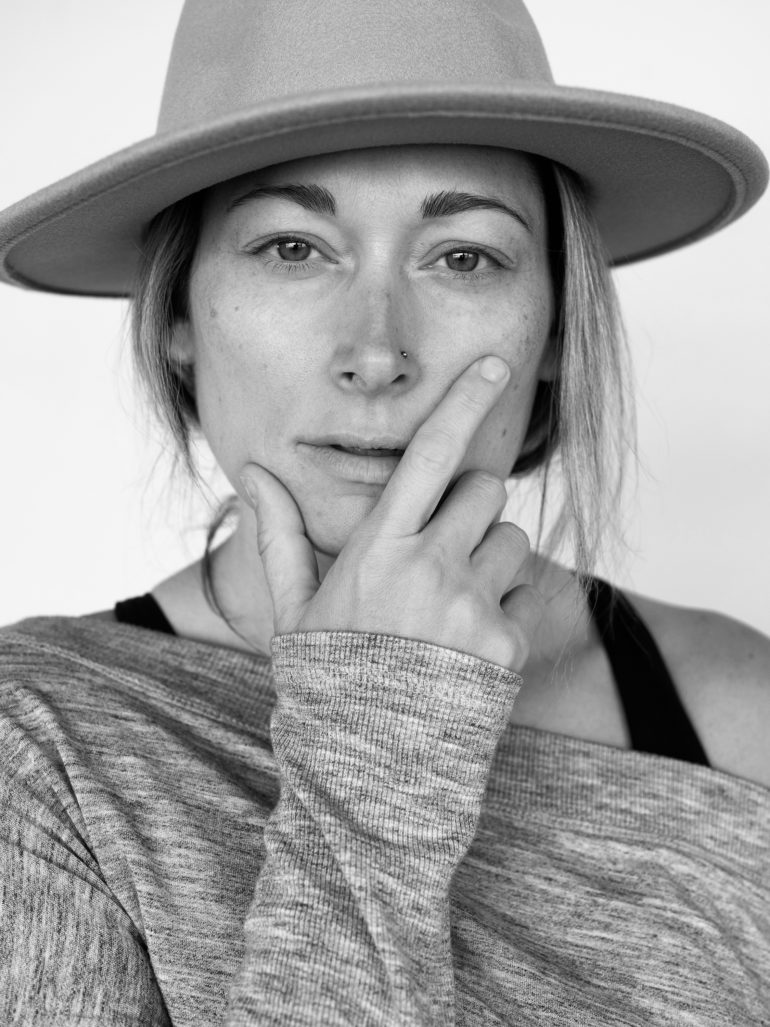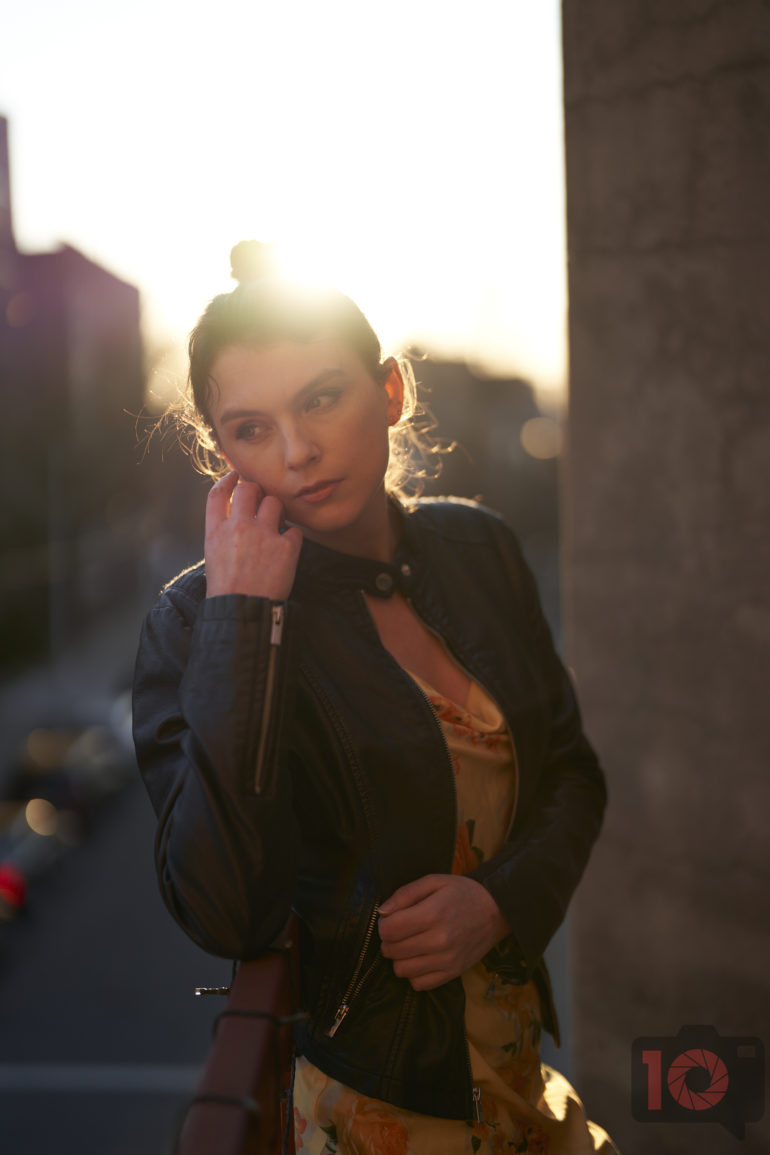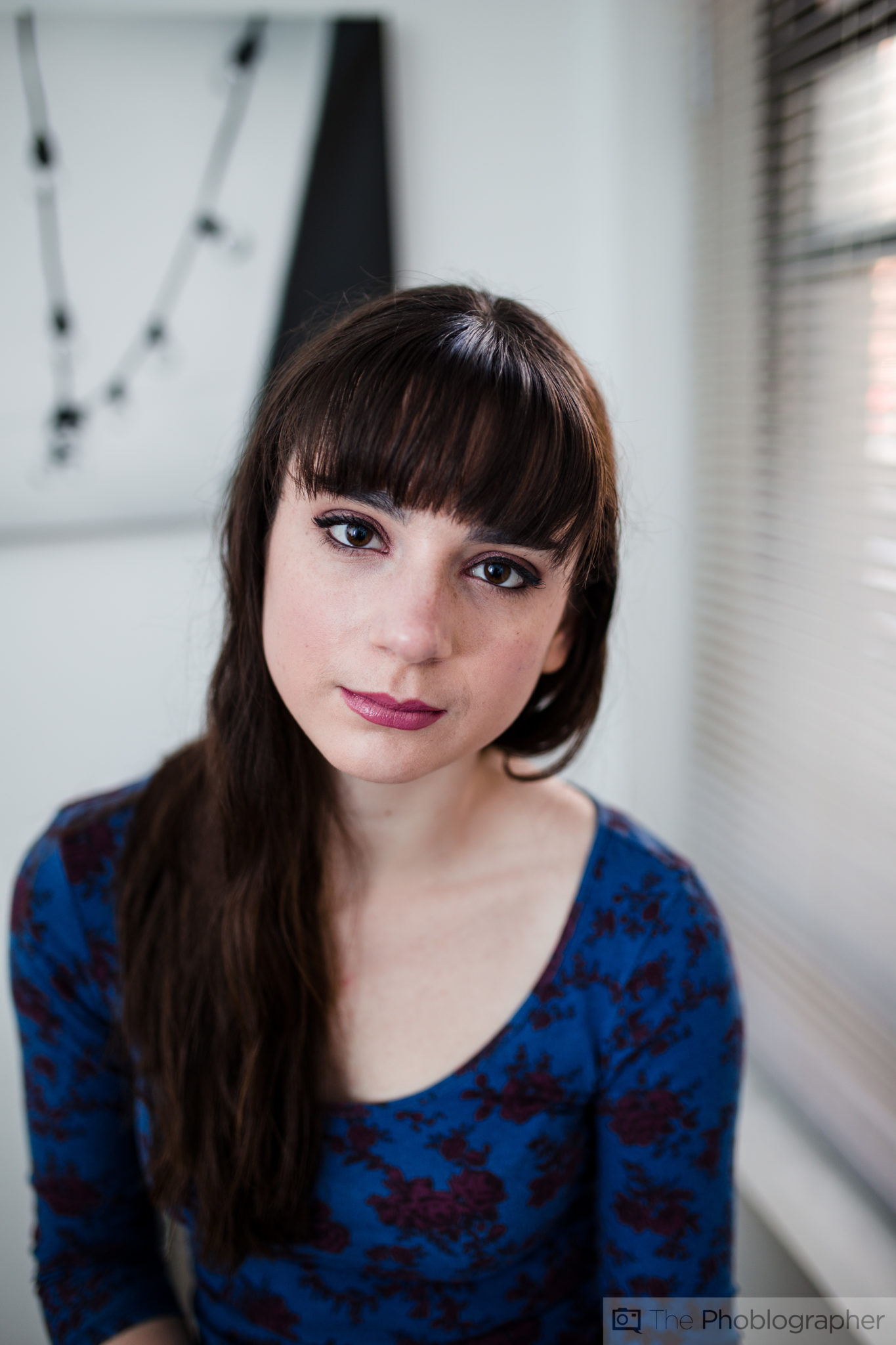
We don’t condone body shaming, and many staff members hate retouching. But we know a lot of you like to live the filtered life. Your smartphone and its apps do a good job of making you look your best. Here’s some brutal honesty though: everyone can see the filters. And the bigger problem is that your smartphone camera is pretty craptacular. So shouldn’t you choose a camera that can make you look fantastic? Today we’re examining the natural beauty filter and how a dedicated camera can do a better job.
Subscribers get some sweet perks and are automatically entered into contests!. Download our app for iOS, iPad, and Android and get no banner ads for $24.99/year.
Why Your Smartphone Can’t Do This
Your smartphone has a multitude of issues. First off, it has a smaller sensor that crams a lot of details into a small area. Think of it like this: do you cram a ton of large plants into a tiny pot? Probably not! You give it a bigger pot because it needs space. That’s what the sensors in dedicated cameras do. So in order to compensate, your smartphone does a lot of tricks to soften skin and the overall look. But it ends up looking tacky and overdone. If you know, you know. For a better idea of this, visit the subreddit Instagram vs Reality and it’ll open your eyes.
What You Need
Seriously, the best cameras in this situation are made by Fujifilm. Fujifilm works to simulate the look of film, and it’s impossible for someone to look bad on film. We’ve reviewed all the options we’re recommending and we encourage you to click on our reviews to find out more.
On a Budget: The Fujifilm XF10 is damned affordable for what it’s capable of. Set the camera to the Astia film simulation and then overexpose the scene a bit for the best results.
The Mid-Tier Option: The Fujifilm XE4 is our preferred camera because of just how small and capable it is.
The Higher End: The Fujifilm XT4 is the camera of choice for our Reviews Editor. It’s pricey, but it’s extremely capable and a multi-award-winning camera.
How to Get the Natural Beauty Filter in a Few Ways
There are a few ways to get the natural beauty filter look you’re aiming for.
Start off with shadowless lighting. Using something like a window can help.
Softer lenses: Basically, using vintage or old lenses can soften a subject’s appearance. Most lenses made before 2009 are plenty capable of this. A roundup we did years ago is perfect for you.
Glass Softening filters: Haze filters on your lenses are what they use in the movies!
In-camera Softening: Some Fujifilm cameras have a skin-softening feature that makes soft naturally softer.
Fast aperture lenses: Fast aperture lenses blur details because of how they work. Focus the camera on your eyes and you’ll have the most natural beauty filter possible! Here’s a roundup we did on the best Fujifilm lenses for portraiture.
And here are a few more tips from an article we wrote previously:
- Use skin softening, or some sort of haze filter. Newer Fujifilm cameras have a skin smoothing option which is really nice.
- Embrace the film simulations (more on that later).
- Turn off the clarity setting.
- Be specific about white balance. Go for warmer tones as they’ll look incredible with film simulations.
Getting the natural beauty filter look is simple to do with your camera. And you won’t need to do as much to it that as you’ll have to do with your phone.
Your Phone’s Camera Can’t is budding a series on The Phoblographer dedicated to educating people on how to step up from their smartphone.









